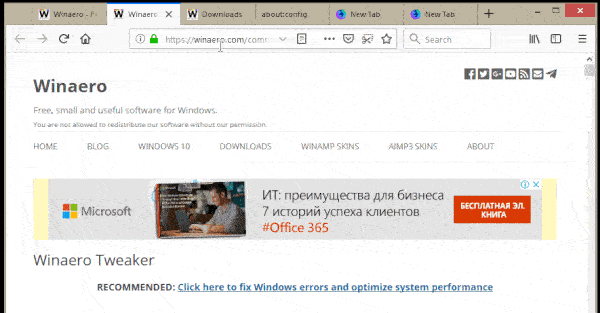Wow, @smhigley! Thank you for this very helpful classification.
I have a question about what is permitted in a panelset. It has to do with this point:
panelsets would not have built-in dismiss or close functionality
Would open/close statuses still be permitted in an ‘accordion’-like experience, like <details>/<summary>?
I expect ‘open’ and ‘close’ to have different scopes in tabs versus panelsets.
In tabs, I would expect ‘close’ to allow the dismissal of the label itself (the [role="tab"] part).
In panelsets, I might expect ‘close’ to be limited to the content associated with the label.
I thought a better term than ‘close’ would be ‘collapse’, too, but the existing art of <details> would lead me to believe this is still an open/close named thing.


@bkardell and I went through a number of examples of more traditional application tabs and examples of the proposed panelset pattern, and came up with a proposal to separate them into two different platform-level solutions with discrete purposes and use cases, outlined below.
Through a lot of discussion and looking at examples, as well as based on evidence in existing UI toolkits, we believe that there is a need for two separate solutions for something that many users would just call 'tabs'. In this document we're attempting to explain the differences between them, what their uses are and offer some working terminology.
There may or may not be implementation detail overlap between these ideas, but their basic purpose, limits and likely semantics would differ. They probably benefit from work happening in parallel to coordinate similar APIs in areas like CSS pseudo-selector naming or open/close DOM attributes.
Statement of purpose for each element
A brief description of the basic purpose and functionality of each proposed element.
Application tabs
The primary purpose of application tabs is to allow users to easily switch between multiple possible panes of content that are specifically not intended to be viewed at the same time. As such there are functional differences, covered in more detail in the next section. Possible examples include browser tabs, file tabs in a code editor, multiple views within an app such as map/list, or email/calendar/contacts.
Some implementation challenges that a tabs element could solve for authors include:
Panelsets
The primary purpose of panelsets is to provide a mechanism to reflow multiple sections of content between a tab-like one-at-a-time presentation and a linear, sequential presentation. So in essence, the visual title/content ordering for multiple sections may switch between these two options:
Title 1, Title 2, TItle 3 Content #
Title 1, Content 1 Title 2, Content 2 Title 3, Content 3
Visually, the first option could be presented as tabs, a carousel, or anything with a similar content-switching interface.
The second option could be presented as accordions or simply linear content.
Some implementation challenges this element or elements could solve for authors include:
Differences between Tabs and panelsets
Examples
Application tabs
Code editor: This shows probably the most traditional tabs, together with a currently hard-to-solve author problem, a close button per tab.
Write vs. preview tabs in a compose box on github:
Tabs that progressively collapse behind an overflow menu in github, another current implementation challenge for authors. (shown above uncollapsed)
(shown above uncollapsed)
 (shown above collapsed)
(shown above collapsed)
Vertical tabs with an overflow menu in google docs
Slack: Notable because it's tabs in collapsable sections.
Panelsets
Tabs to accordion presentation:

This one switches between presentations in the opposite way to most other examples, with tabs at a small screen, and linear order at a larger screen:

Tabs to accordions: Wolvic.com is a website primarily used by XR devices with mostly fixed width windows, however, the sizes can differ substantially. It should vertical tabs when that is pragmatic, but as a series of collapses when it isn't.

Michigan.gov drivers license renewal shows vertical tabs to the left on a wider screen, but regular "top" tabs on a smaller screen. Several other variants could fit just as well and the 'one-at-a-time' view is secondary.
